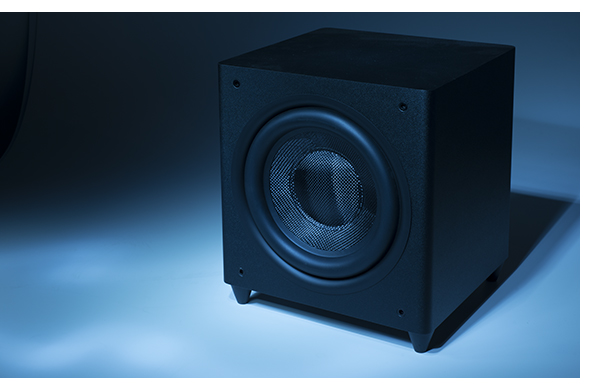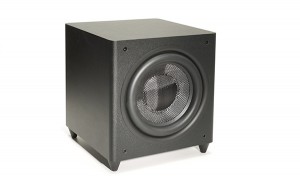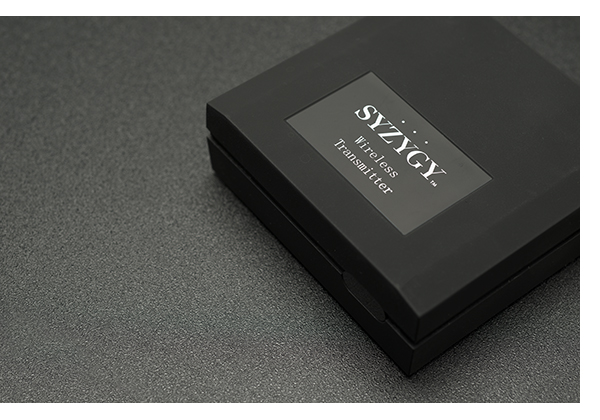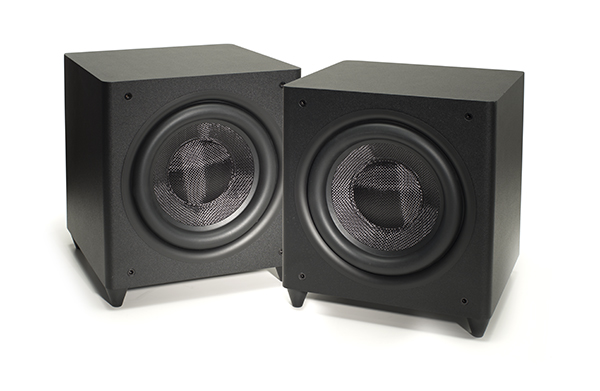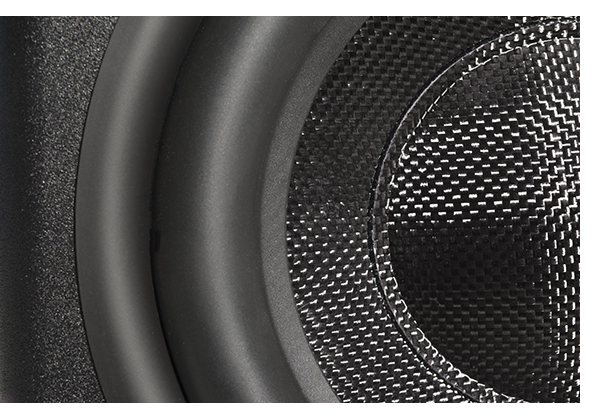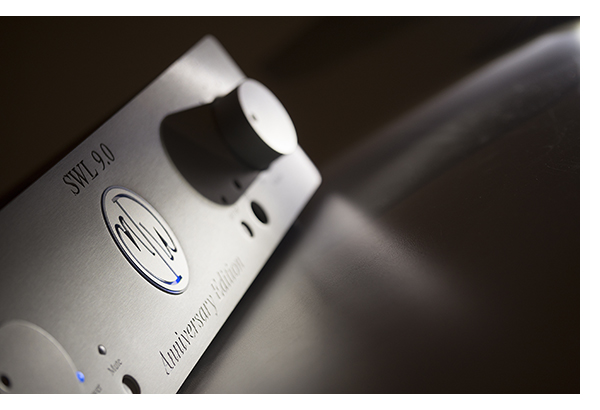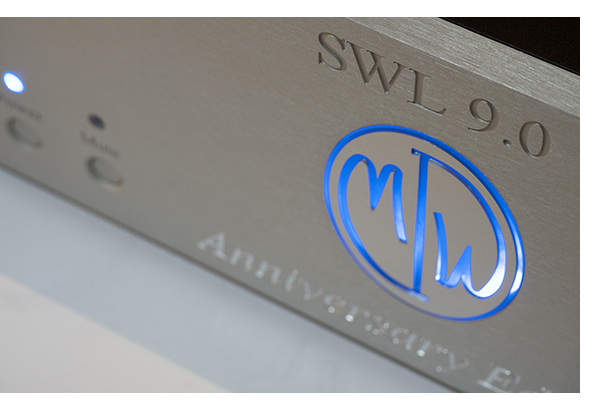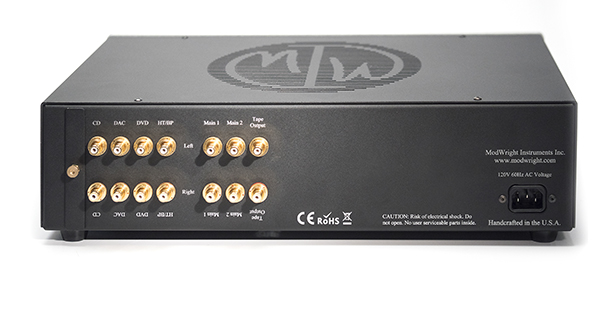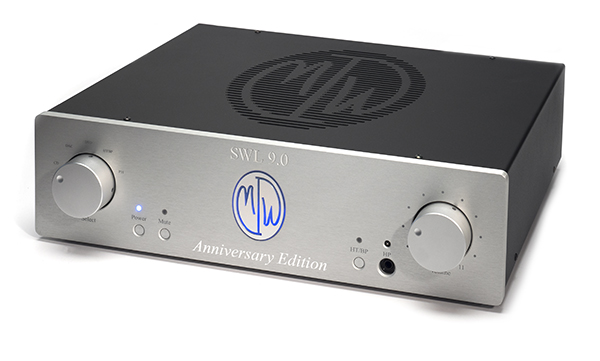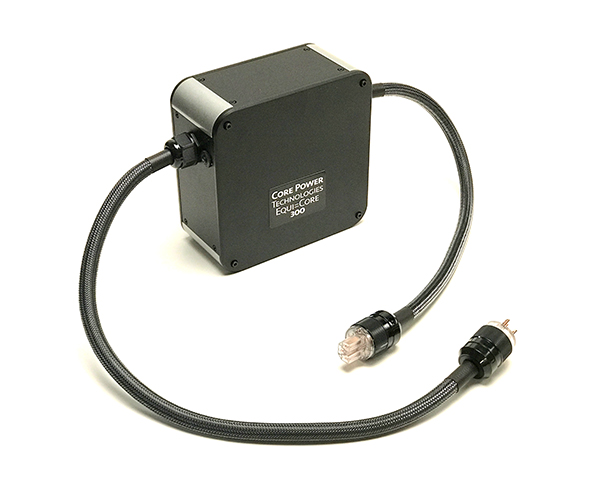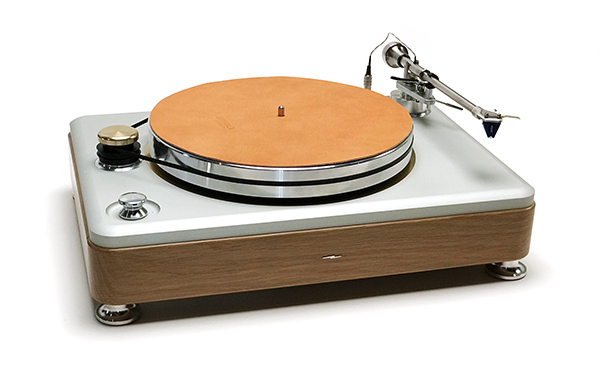 I can’t tell you how many times friends and readers have asked me the same question, “I just want a nice turntable. I’ve been getting back into vinyl a bit, and I’d like something better than an entry level deck.”
I can’t tell you how many times friends and readers have asked me the same question, “I just want a nice turntable. I’ve been getting back into vinyl a bit, and I’d like something better than an entry level deck.”
The minute I point them in the direction of one of my favorite $1,200 turntables, start discussing cartridge choices and a decent phono preamplifier, the next comment is “I don’t want to get carried away with it, I’m only going to buy a couple of hundred albums.” If this sounds like you, the Shinola Runwell might just be the answer to your needs.
Opening the Shinola Runwell turntable reminds me of the first time I unpacked my Shinola watch. Well done, with high attention to detail, and confidence inspiring execution. I’ll be the first to admit; I don’t know a thing about watches. If you’re a watch aficionado, you can stick your nose in the air at my lowly Shinola watch all day long, and you won’t offend me. I love it.
The next thing I noticed was an Andrew Bird album (excellent choice) with a note saying “Thank you from Shinola.” When was the last time anyone thanked you for buying something? When was the last time a hi-fi store salesperson was even kind to you, period?
Steve Jobs once said, “If we don’t make technology as easy to use as putting a bagel in a toaster, no one will use it.” Laurie Anderson once quipped that she had “A drawer full of techy items she couldn’t figure out.” Shinola gets a 10 out of 10 for including a large, well-written, easy to read, quick start guide. I wish every other turntable company on Earth would follow this example. (To be fair, Rega comes pretty close, but that’s it.) If you can’t set it up, you’re not going to play any records, right? This stuff should not be daunting and exclusionary.
It’s an all-inclusive analog vacation
A good friend of mine that is a high-level IT professional said to me once, “we don’t realize just how immersed in all this stuff we are until we talk to someone that isn’t.”
Most of the people that go to Club Med, or any of the other all inclusive vacation spots do so because it’s a no brainer. They want to go on vacation, after all. That doesn’t mean those of you that want to sniff out more exotic locations or cuisine are bad Smurfs. But I can tell you this; the main thing that keeps the average music lover away from vinyl is the perceived hassle of setting up a turntable.
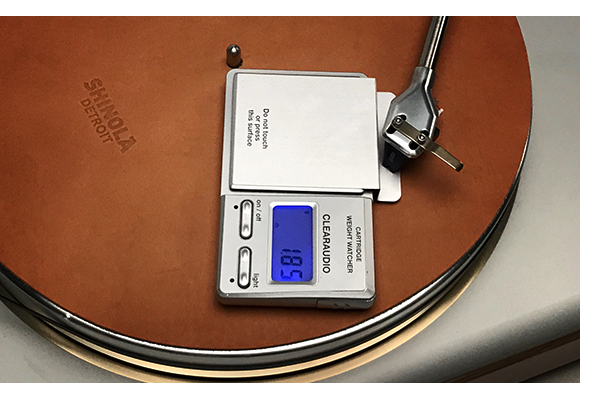 I’ve never had an easier time getting from box to spinning records than I have with Shinola’s Runwell. I’d give them an award for that alone. My nagging audiophile sensibilities got the best of me, and I just had to check the stylus force. Spot on at 1.85g. Attach the belt, plug it in and roll – there’s a power cord and a pair of interconnects in the box, so everything you need to roll is there. Or spin, should we say.
I’ve never had an easier time getting from box to spinning records than I have with Shinola’s Runwell. I’d give them an award for that alone. My nagging audiophile sensibilities got the best of me, and I just had to check the stylus force. Spot on at 1.85g. Attach the belt, plug it in and roll – there’s a power cord and a pair of interconnects in the box, so everything you need to roll is there. Or spin, should we say.
It’s probably taken you a lot longer to read this far than it will to set up a Shinola Runwell turntable. And that’s a good thing. Once spinning, the Runwell turns in an honest performance. The Ortofon 2M Blue works well with the internal MM phonostage. Mated with the exciting Atoll amplifier and preamplifier that we just reviewed last issue and the Focal Sopra no.1 speakers, this all makes for an incredibly pleasant analog experience. The Runwell is so easy to use, playing record after record is a breeze.
But is it an “audiophile” turntable?
Yes and no. From a sonic standpoint of comparably priced turntable/tonearm/cartridge/phonostage combinations – definitely. From an infinitely adjustable/tweakable analog deck, no. The only unfortunate part of the Runwell is that you can’t bypass the onboard phono preamplifier without getting your soldering iron out, but you can adjust VTA, etc., so you can swap MM cartridges if you like. But then that defeats the purpose of this turntable. Considering the modular nature of this table and the fact that this is Shinolas first table, I wouldn’t be surprised that future models may have more versatility.
For those of you that just have to tweak something, consider upgrading the Ortofon 2M Blue to a 2M Bronze or 2M Black. With a 2M Black on hand (it is the same form factor and weight as the 2M Blue) it only takes five minutes to make the swap and you won’t have to bother with VTA. The Runwell is capable of enough resolution to allow you to hear the difference, upping the price of the whole deck from the original MSRP of $2,500 to about $3,200. And if you just can’t leave well enough alone, swapping the supplied RCA cable for something else will reveal more music too. I’d suggest the Wireworld Equinoxe 7. At $200 a pair, this will also bring more musical enjoyment to your Runwell. While not infinitely geekable, you can still upgrade enough stuff on the Runwell that it’s not a dead end product, in audiophile terms. Hint to the Shinola team if you haven’t already thought of it, consider offering this table with a 2M Black for another $500.
However, even if all you do is take the Runwell out of the box, set it up and listen to records, never even thinking about changing anything, it succeeds on every level. The musical experience delivered is more than commensurate with the price asked.
Running through a set of favorite test discs, the massive platter has great speed stability, offering a weighty sound, not unlike what my VPI Classic One delivers.
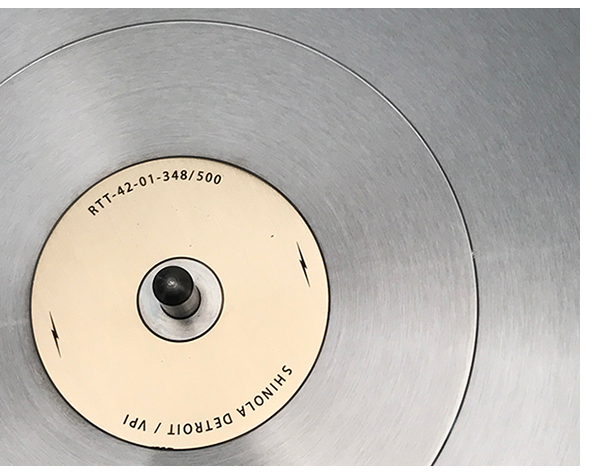 For those of you that haven’t been following the Shinola story, Mat Weisfeld, and his father Harry, the guys behind VPI have been very involved with the Shinola table, and this turntable shares a lot of visual as well as sonic DNA. Yet, this isn’t just a Camaro rebadged as a Firebird. On one level, the visual styling of the Runwell is a step above the basic VPI tables, with an overall look that is more reserved, yet more sophisticated than the VPI Classic Line. (And I say this as a happy owner of a Classic One and Two.) The Runwell is also more compact than the VPI tables, and even though these tables are brothers from the same father, they each have unique identities.
For those of you that haven’t been following the Shinola story, Mat Weisfeld, and his father Harry, the guys behind VPI have been very involved with the Shinola table, and this turntable shares a lot of visual as well as sonic DNA. Yet, this isn’t just a Camaro rebadged as a Firebird. On one level, the visual styling of the Runwell is a step above the basic VPI tables, with an overall look that is more reserved, yet more sophisticated than the VPI Classic Line. (And I say this as a happy owner of a Classic One and Two.) The Runwell is also more compact than the VPI tables, and even though these tables are brothers from the same father, they each have unique identities.
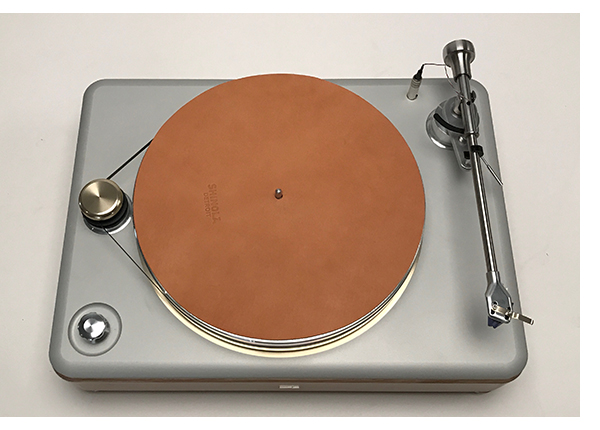 The machined top plate of the turntable plinth reminds me of a vintage Thorens TD-124, both in color and feel. A massive aluminum platter, tonearm and light wood base (it’s also available in black) rounds out the package, complimented by the medium toned leather mat on top of the platter. I’ve seen plenty of ten thousand dollar turntables lacking this level of fit and finish.
The machined top plate of the turntable plinth reminds me of a vintage Thorens TD-124, both in color and feel. A massive aluminum platter, tonearm and light wood base (it’s also available in black) rounds out the package, complimented by the medium toned leather mat on top of the platter. I’ve seen plenty of ten thousand dollar turntables lacking this level of fit and finish.
Pure analog ease
Spinning record after record, this is a turntable that even a seasoned audio reviewer could easily live with. No $2,500 record player gives you everything – that costs a lot more money. But judged within its context, the Shinola Runwell is a lovely turntable. Playing more than a handful of very familiar LP’s, the analog magic is here in spades. Sonics are superb, the soundstage presented is wide open, with more info in the left to right, and while there is some front to back information, not as much as might be expected from higher end decks – and much of this is the limitation of the 2M Blue. When upgraded to the 2M Black, more front to back information is available.
I was consistently impressed by the overall smoothness of the onboard MM phono section. Tonality is excellent, along with snappy transient response, and this baby is quiet! Perhaps the only nit to pick is a slight softening/rolling off of the extreme high end. Again, swapping to a 2M Black takes care of this for the most discerning ears.
Not a poseur
Shinola Audio has come out of the box with an impressive product in the Runwell Turntable. Build quality is exceptional, packaging equally intriguing, but best of all the sound quality is more than what you’d expect for the price. When you head down to a Shinola store and touch one, you’ll see what I mean. The staff at Shinola has built a product that they should be very proud of.
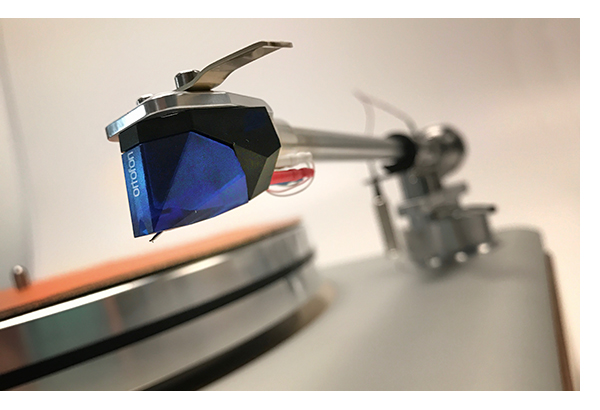 Some will bellyache over the somewhat closed loop system, but most of those types bellyache no matter what. If you want a record player that is a few steps up from entry level stuff, works perfectly and looks magnificent, I can’t recommend the Shinola Runwell highly enough.
Some will bellyache over the somewhat closed loop system, but most of those types bellyache no matter what. If you want a record player that is a few steps up from entry level stuff, works perfectly and looks magnificent, I can’t recommend the Shinola Runwell highly enough.
For now, the Shinola Runwell is only available through Shinola stores and select Neiman Marcus stores. All the more reason to stop by and see the other cool stuff they have. You might just need a backpack or a watch!
The Shinola Runwell Turntable
MSRP: $2,500
Peripherals
Preamplifier Atoll HA120
Power Amplifier Atoll HD100
Speaker Cable Cardas Iridium
Speakers Focal Sopra no.1



